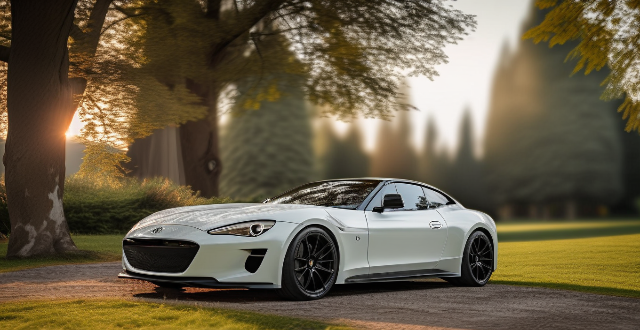The value of a collectible car is determined by various factors, including rarity, condition, historical significance, manufacturer, model and year, originality, documentation, low mileage, market demand, economic conditions, availability of parts, media influence, investment potential, insurance and storage costs, legal and regulatory factors, and technological advancements. These factors are categorized into intrinsic and extrinsic categories, with intrinsic factors being inherent to the car itself and extrinsic factors being external influences that affect its value. Collectors and investors consider these factors when assessing the worth of a particular vehicle.

Factors Determining the Value of a Collectible Car
The value of a collectible car is determined by several factors, which can be broadly categorized into two main categories: intrinsic and extrinsic factors. Intrinsic factors are those that are inherent to the car itself, while extrinsic factors are external influences that affect its value. Let's explore these factors in detail:
Intrinsic Factors
1. Rarity: The scarcity of a particular model or version of a car plays a significant role in determining its value. Limited edition models or cars with unique features are highly sought after by collectors.
2. Condition: The physical and mechanical condition of the car is crucial. A well-maintained, original, or restored vehicle will command a higher price than one that requires extensive work.
3. Historical Significance: Cars that have played a significant role in history or have been owned by famous individuals often carry additional value. For example, a car used by a prominent historical figure or a movie star can be more valuable.
4. Manufacturer: Some brands are considered more desirable than others due to their reputation for quality, innovation, or exclusivity. Luxury and sports car manufacturers like Ferrari, Porsche, and Aston Martin typically have higher values.
5. Model and Year: Certain models from specific years may be more valuable due to their design, performance, or cultural significance at the time they were produced.
6. Originality: Vehicles that retain their original parts and components, especially if they are unmodified, tend to be more valuable to collectors seeking authenticity.
7. Documentation: Provenance and ownership history can add value, as it provides a clear chain of custody and verifies the car's authenticity. Vehicles with complete service records and manuals are preferred.
8. Low Mileage: Cars with lower mileage are generally more valuable because they are assumed to have experienced less wear and tear over their lifetime.
Extrinsic Factors
1. Market Demand: The current demand for collectible cars can significantly influence their value. If there is a high demand for a particular model or type of car, its value will increase.
2. Economic Conditions: Economic fluctuations can impact the overall market for collectible cars. In times of economic prosperity, more people may be willing to spend money on luxury items like collectible cars.
3. Availability of Parts: Cars for which replacement parts are readily available may be easier to maintain and therefore hold their value better than those with scarce parts.
4. Media Influence: Movies, TV shows, or celebrity endorsements can create a buzz around certain vehicles, increasing their desirability and value.
5. Investment Potential: Some investors view collectible cars as assets that can appreciate over time, similar to art or antiques. This perception can drive up prices.
6. Insurance and Storage Costs: The cost associated with insuring and storing a collectible car can also affect its perceived value, as these expenses must be factored into the overall cost of ownership.
7. Legal and Regulatory Factors: Laws regarding the import and export of vehicles, emission standards, and safety regulations can influence the availability and thus the value of certain collectible cars in different regions.
8. Technological Advancements: As newer technologies become standard in modern vehicles, older cars without these features may lose some appeal, potentially affecting their value.
In conclusion, the value of a collectible car is influenced by a complex interplay of both intrinsic characteristics related to the car itself and extrinsic factors such as market dynamics and broader economic conditions. Collectors and investors consider these factors when assessing the worth of a particular vehicle.